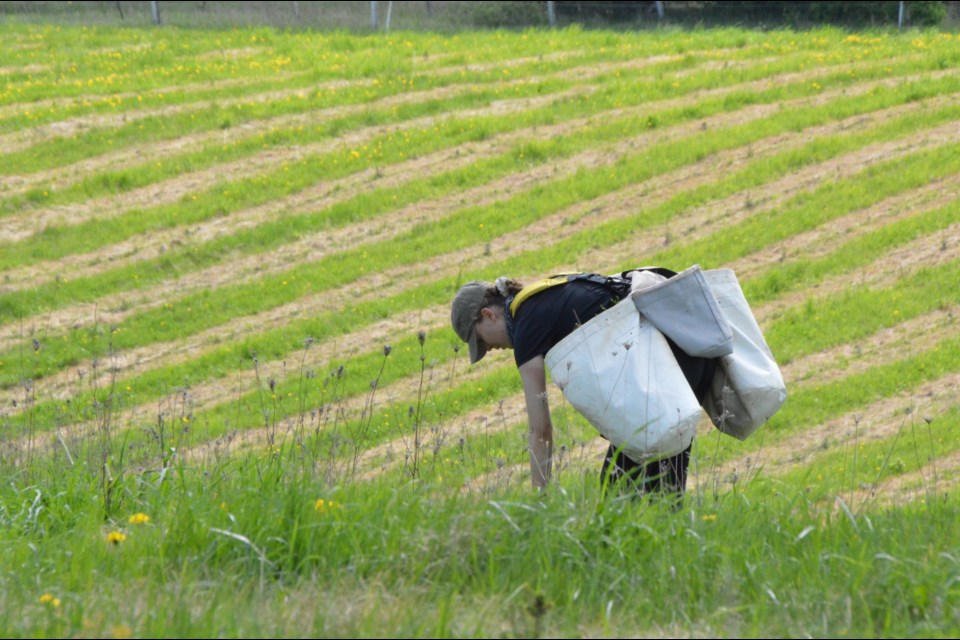Can you imagine parts of the Nottawasaga watershed as a wasteland without the lush forests we see now?
This was a common sight 100 years ago, when parts of Simcoe, Dufferin and Grey counties were turned into barren deserts as European settlers clear-cut the original forests for lumber and agriculture. As a result, the soil could no longer support agriculture, and rivers dried up.
Thanks to the long-term planning and vision of Premier E.C. Drury and Edmund J. Zavitz, the province and the county planted the first tract of Simcoe County Forest in 1922. Today, the Simcoe County Forest is 13,646 hectares in size, providing wildlife habitat, shade rivers and streams, oxygen, wood for construction, and wood fibre for products such as paper. The forests are also open for recreation opportunities such as hiking and biking and they help protect against flooding.
Private landowners can also enjoy the benefits of forests on their properties and, similar to the Simcoe County Forest, this takes long-term planning. As the province and county winded down tree-planting efforts, the Nottawasaga Valley Conservation Authority (NVCA) is the only organization in the Nottawasaga watershed that offers professional tree-planting services for private landowners at such a scale.
Over the past 30 years, the NVCA has planted almost three million trees for hundreds of property owners. Some property owners planted a forest for privacy, or wind breaks, while others planned to use their forest as a source of income through selling lumber and firewood. Recently, many property owners plant trees so their children and grandchildren will be able to enjoy the benefits of having a forest in their backyard. For those looking to help reduce the effects of climate change, planting forests is a great option to help sequester carbon.
Watching a forest grow is a slow but enjoyable process. Property owners find it delightful to watch their trees grow year by year, and enjoy watching birds and other wildlife use their young forests as habitat. The young forests may require work for the first few years, but after that, they can be left alone until the first thinning is required 15 to 20 years later. Property owners with four or more hectares of forests can qualify for Ontario’s Managed Forest Tax Incentive Program, which gives them a property tax reduction on the forested portion of their properties.
In the forestry industry, they say, “The best time to plant a tree was 30 years ago; the second-best time is today.”
For more information about NVCA’s tree-planting services, visit nvca.on.ca.
Rick Grillmayer is the manager of forestry at the Nottawasaga Valley Conservation Authority.



